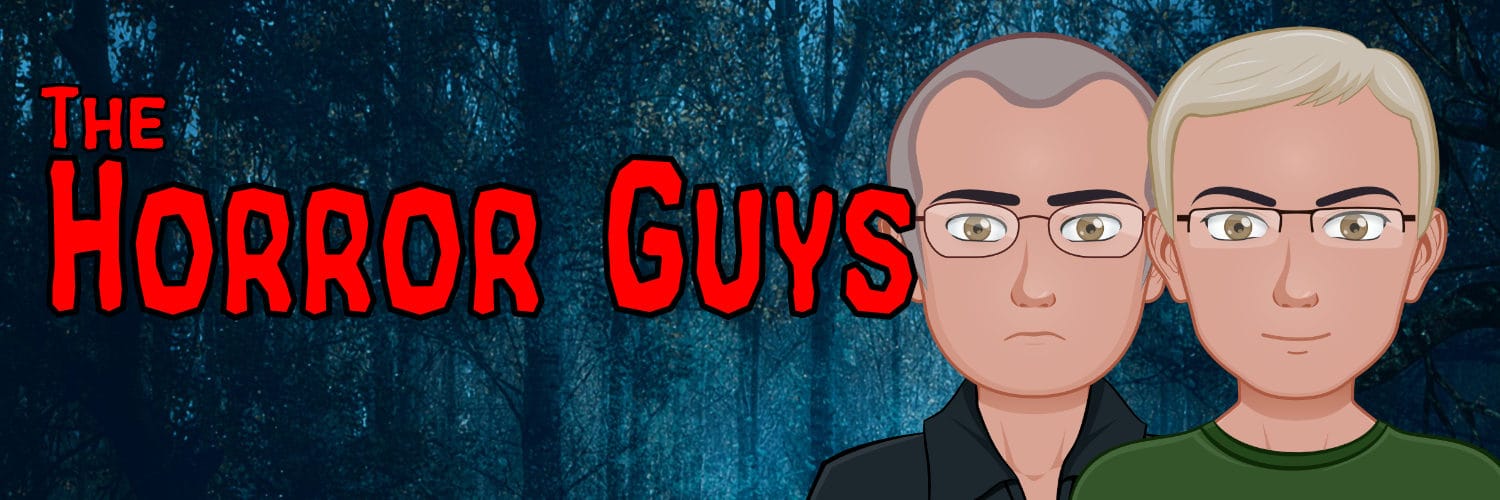Director: Jeff Herberger
Writer: A. Susan Svehla
Stars: Aaron Christensen, Gregory W. Mank
Run Time: 1 Hour, 19 Minutes
Link: https://amzn.to/39pCJB7

Synopsis
This documentary covers the early horror films of Universal, including the history of the studio itself and its founder, Carl Laemmle. From a small theater rented in a storefront to the opening of Universal City, it details Laemmle’s rise and includes interviews with his niece, Carla Laemmle, who actually acted in both the 1925 version of “Phantom of the Opera” and the original “Dracula” in 1931. In the late 1920s, Carl Laemmle Jr. took over the studio from his father, and he started modernizing, shifting many new films to color and winning the Academy Award in 1930 for “All’s Quiet on the Western Front.”
In 1931, Universal released both “Dracula” and “Frankenstein,” which were both big hits. There’s a long section about Dracula and Bela Lugosi, and there are interviews with Bela Lugosi Jr. This is followed by discussion of Karloff in Frankenstein, and how a wonderful performance by Karloff, even buried in makeup with no lines, made the film memorable. Of course, there’s an interview with Sara Karloff, Boris’ daughter.
The documentary then walks us forward through time, with The Old Dark House, The Black Cat, The Mummy, Bride of Frankenstein, Mark of the Vampire, Mad Love, Dr. Jekyll and Mr. Hyde, and a whole string of other movies. The Island of Lost Souls and King Kong are discussed next, two of the big non-Universal films of the period.
It then advances to discuss the way the studio changed during the WWII years. As an escape from reality, horror really took off. Monsters on the screen are decidedly less frightening than having your husband or don go off to fight in a war. In 1941, The Wolf Man was their first completely original monster mega-hit. It wasn’t based on a book or other story, they created the lore and “rules” from scratch (Werewolf of London had a different in-world lore).
We bounce over to RJO Studio, “The Body Snatcher” and remake of “Hunchback of Notre Dame” were both very successful. “Mighty Joe Young” was big in 1949. The Houses of Frankenstein and Dracula were the first crossover events, or as they call them here, “Monster Rally” films, which were fun, but not really particularly seriously done. The studios stopped innovating around this time, and the genre began to change.
This episode of the documentary series ends at this point.
Commentary
This is not so much of a great introduction to horror as it is a reminder for people who have seen the films not-so-recently and want to reawaken excitement for these old classics. Most of the interviews and discussion from actor’s descendants look like they were recorded decades ago on videotape, but they’re still interesting.

